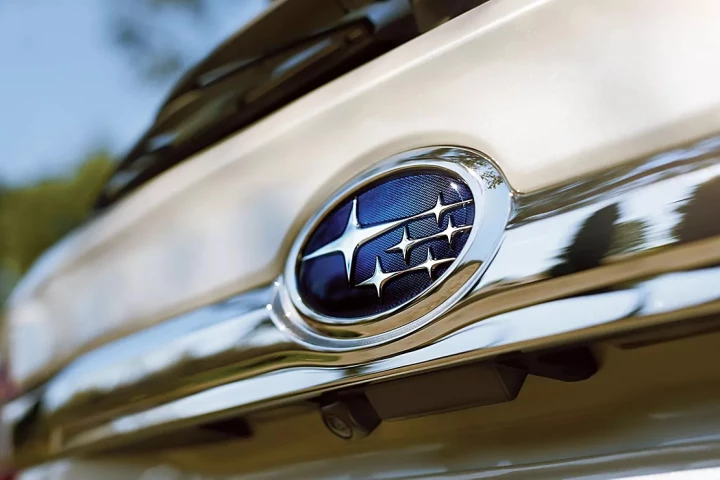My first attempt at rowing a boat on a park pond was the source of some considerable embarrassment. As I went round and round in ever decreasing circles, I remember thinking that there must have been something wrong with the steering. Troels Øhman's RowRay, though, may just tempt me back to the oars. Designed to bring a fun element to family exercise, the three-wheeled landcart concept is driven by grabbing hold of the two handles and pulling back for dear life – turning is a matter of pulling on the left or right "oar." The designer sees users being able to take a cart for a spin by using a smartphone to unlock it from a base station at the beach or in the park.
The Danish designer told Gizmag that the idea for RowRay came to him while looking for "known exercise forms where you use your whole body. Legs, arms, back and abs. After a while I tried rowing and totally fell in love with it." Life on the water just didn't seem accessible enough, however, so he toyed with the idea of a land-craft that used the same navigation principle as rowing and was also powered by the arms.
Øhman stumbled on the Swingcart from Winther, "but it was so difficult just to drive straight ahead." Using that design as a springboard, he created a metal-framed prototype with a sliding seat, cog-driven front wheels and a chunky rear wheel. He has since refined the design to the vehicle you see here, where pulling both handles would give forward momentum and using just one of the "oars" would turn the vehicle left or right.

With regular exercise often being neglected in our busy, increasingly desk- or sofa-bound lives, the designer wanted to offer a physically challenging workout for those who wanted it while also making it a fun, family-focused activity. He sees the vehicle having different settings for adults and children so that no matter the ability or fitness level, the whole family can whiz around together.
With bike sharing and hire schemes growing in popularity, RowRay could similarly be made available in city parks, woodland areas or beach promenades. Øhman says that bike sharing schemes operate throughout his native Denmark but because the service is free, some bikes never get returned. He suggests that technology could well come to the rescue, with a smartphone app being developed to oversee the hire process.

Use of the vehicle could be gratis if the vehicle is returned safely but if not, then the user would be billed for the cost of replacement, fined or otherwise made responsible for the – ahem – theft. The smartphone app might also include route maps, useful information and statistics, perhaps even a compass and GPS functionality (depending on the phone).
Personally, I think that this design shows great promise and looks like an enjoyable way to give the whole body a good workout but, having seen someone bobbing along on a Row Bike, I have some reservations about just how difficult Øhman's vehicle would be to propel along. After only a short distance going full-tilt on the Row Bike, the poor rider was absolutely exhausted and simply couldn't go on. Some sort of variable transmission is likely in future versions of the RowRay, which will no doubt help.

Øhman told us that he is currently on the lookout for someone to help him bring the project to the next step – a working prototype based on the revised designs. We'll keep you informed of any progress towards availability.
Via Yanko




















